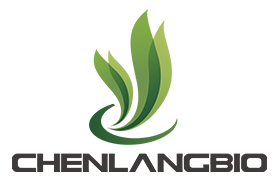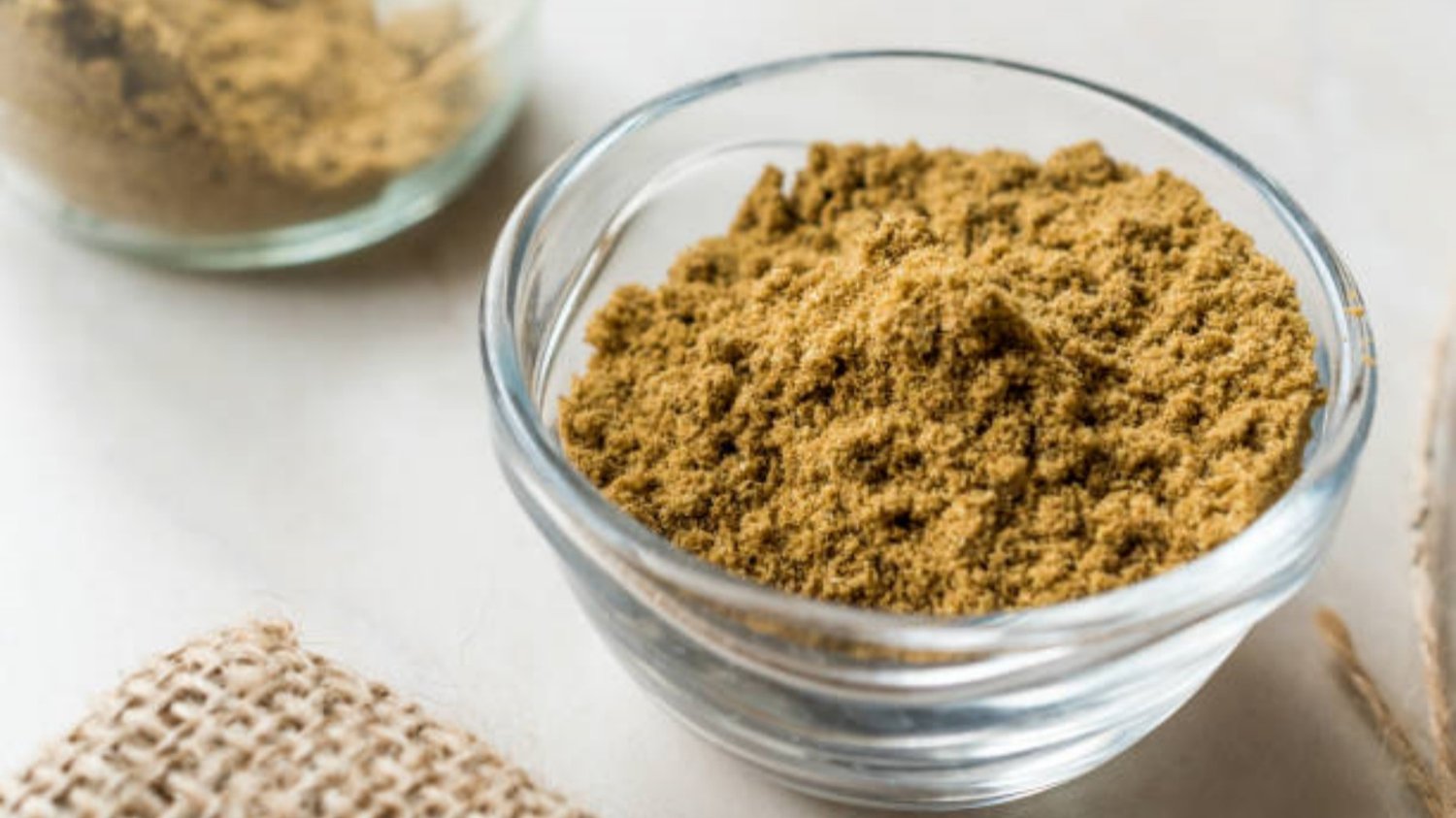The Importance of Spinosad safety guidelines
Spinosad is a widely used and effective insecticide derived from the fermentation of a soil bacterium called Saccharopolyspora spinosa. It is commonly used in agriculture, horticulture, and pest control to combat various pests, including mosquitoes, ants, thrips, and leafminer. While spinosad is highly effective in pest management, it is crucial to follow specific safety guidelines to ensure its safe and responsible use. In this article, we will explore ten essential safety guidelines for using spinosad effectively and minimizing potential risks.
1. Read and Follow the Label Instructions of Spinosad
Before using any spinosad-based product, carefully read and understand the label instructions. The label provides important information regarding dosage, application methods, safety precautions, and specific pests it targets. Following the instructions will help you use spinosad safely and effectively.
2. Wear Appropriate Protective Clothing
When handling or applying spinosad, it is essential to wear appropriate protective clothing. This includes long-sleeved shirts, long pants, chemical-resistant gloves, socks, and closed-toe shoes. Wearing protective clothing reduces the risk of skin contact and potential absorption of the insecticide.
3. Avoid Contact with the Eyes and Skin of Spinosad
Spinosad is an irritant and can cause skin and eye irritation. Avoid direct contact with the insecticide, and if accidental contact occurs, immediately rinse the affected area with plenty of water. In case of eye contact, flush the eyes with water for at least 15 minutes. If irritation persists, seek medical attention.
4. Store Spinosad Safely
Proper storage of spinosad is crucial to prevent accidental exposure and to maintain its effectiveness. Store spinosad products in their original containers in a cool, dry, and well-ventilated area. Keep them away from children, pets, food, and feed products. Follow any specific storage instructions provided on the product label.
5. Minimize Environmental Impact of Spinosad
While spinosad is considered a relatively safe and environmentally friendly insecticide, it is still important to minimize its impact on non-target organisms and the surrounding environment. Avoid applying spinosad near water bodies, such as ponds or streams, to prevent contamination. Additionally, follow any guidelines or restrictions related to spinosad use in your area.
6. Dispose of Spinosad Properly
When disposing of spinosad containers or unused product, always follow the instructions provided on the label. Some products may require rinsing the container before disposal, while others may have specific disposal instructions. Proper disposal ensures that spinosad does not enter the environment and cause unintended harm.
7. Keep Out of Reach of Children and Pets of Spinosad
As with any pesticide, spinosad should be stored in a secure location out of the reach of children and pets. Accidental ingestion or exposure to spinosad can be harmful to their health. If accidental exposure occurs, seek immediate medical attention.
8. Follow Pre-Harvest Intervals (PHIs)
If you use spinosad in agricultural or horticultural settings, it is essential to follow the specified Pre-Harvest Intervals (PHIs). These intervals indicate the minimum number of days that must pass between the last spinosad application and harvesting the crop. Adhering to PHIs ensures that the residue levels in the harvested produce are within acceptable limits.
9. Rotate with Other Pest Management Methods of Spinosad
To prevent the development of resistance in pests, it is advisable to rotate spinosad with other pest management methods. This can include the use of different classes of insecticides, biological controls, cultural practices, or physical barriers. Rotating pest management methods helps maintain the effectiveness of spinosad and reduces the likelihood of pests becoming resistant.
10. Seek Professional Advice if Needed
If you are unsure about the appropriate use of spinosad or encounter any issues related to its safety, it is best to seek professional advice. Local agricultural extension offices, pest control experts, or licensed applicators can provide guidance and answer any questions you may have.

